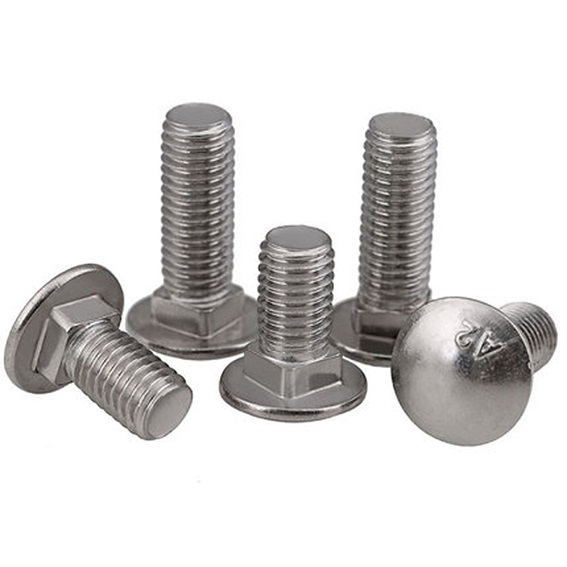A screwed
bolt is subjected to two forces, one is downward and the other is upward. The bolt rotates down along the thread, and a downward axial force is generated in the process of contact with the thread.
At the same time, there is an upward force corresponding to the downward axial force. This force comes from the upward distributed force generated by the contact between the nut and the lower plane. A tightened bolt should ensure that the upper and lower forces are balanced with each other. Due to the function of
bolts, the material of bolts has two requirements, one is rigidity and the other is toughness, both of which are indispensable.
But all ductile materials have one thing in common, that is, there is a limit to the stress tolerance. In mechanics, this limit is represented by a stress-strain curve. We don’t need to be too esoteric. We only need to know that in the process of screwing the bolt, the bolt is a kind of elastic part, and its elasticity will take effect.

As the
bolt is tightened gradually, the elastic effect of the
bolt will approach a limit. Once this limit is broken, the bolt will enter the yielding stage from the elastic stage.
Once the bolt enters the yield stage, it will produce permanent deformation. This deformation is irreversible, which means that the bolt will fail. In real life, the phenomenon of tripping when we continue to tighten the bolt is caused by this reason, and once it is tripped, it is impossible to screw it again, because the bolt has been permanently deformed, and it can be seen that the bolt is not screwed properly the tighter the better.
